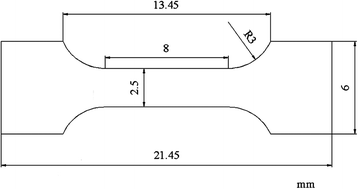Influences of recovery and recrystallization on the superelastic behavior of a β titanium alloy made by suction casting
Abstract
The influences of cold rolling (CR), recovery and recrystallization on the microstructure, mechanical properties and superelasticity of the suction cast Ti–7.5Nb–4Mo–2Sn alloy were investigated. It has been found that, with the increase of the CR thickness reduction rate, the volume fraction of the strain-induced martensite transiting from the β phase increases. During annealing treatment, the precipitation of α and ω phases occurred at 700 and 800 °C, respectively, and the volume fraction of the α and ω phases increases with increasing CR thickness reduction rate. The high density of dislocations introduced by cold rolling can accelerate the course of α and ω transformation. The cold rolled alloy after annealing at 700 °C exhibits excellent superelasticity with a high first yielding stress (σSIM), a large recoverable strain (εrecoverable) and a high strain recovery rate (η) due to the retention of massive dislocations and α phase precipitates in the recovery process. The grain size shows a strong effect on the martensitic transformation, and the relationship between the critical stress for the martensite transformation and grain size follows the Hall–Petch equation with a slope of approximately 0.27 MN m−3/2.


 Please wait while we load your content...
Please wait while we load your content...